Prafull Sawant: A Personal View

Art is said to be the collective memory of society with artists expressing how it feels to exist in a particular time and place. In Prafull Sawant’s atmospheric watercolors, he does exactly that, sharing his impressions of the many corners of the world that he encounters.
This article originally appeared in Watercolor Artists Magazine. Subscribe now so you don’t miss any great art instruction, inspiration, and articles like this one.
Born in 1979, in Nashik, in the state of Maharashtra, in western India, Prafull Sawant was drawn to a life in art. As early inspiration, three things mattered to him most: the continuous encouragement of his father, artist Bhimraj Sawant; the fluid watercolors of artist Vasudevrao Govind Kulkarni, the founder of Nashik Art College, where Sawant studied; and the quiet back streets and old temples of Nashik, which have provided an endless supply of subjects for his plein air landscapes. Sawant fondly remembers the period of time when, in the early hours of the morning, he and his friend Ambadas Nagpure could reliably be found painting en plein air in the Godaghat region of that ancient holy city.

ALL RIGHTS RESERVED TO WWW.IMAGEANATION.COM. COLLECTION, ABU DHABI GOVERNMENT.
Working in Watercolor
Sawant developed an interest in watercolor after encountering the paintings of Vasudev Kulkarni and Shivaji Tupe, another famous Nashik artist, early in his career. He discovered the potential for layering in watercolor from studying the works of watermedia masters like William Russell Flint and John Singer Sargent. Now his principal medium, Sawant identifies the transparency and fluidity of watercolor as the main attractions. His initial excitement for the medium has since become an enduring attachment.
Still, believing that an artist must be versatile in both subject and medium, Sawant has also worked successfully in oil, acrylic, soft pastel and charcoal. “In oil, I can make huge paintings,” he explains, “which is more difficult in watercolor.” He further notes that watercolor requires a lot of advance planning as corrections can be challenging, and the quality of the surface plays a major role in a painting’s success. And yet, the benefits of the medium more than compensate. “In watercolor,” he says, “one is guided by an inner feeling that drives spontaneity and assists in making creative choices.”

Additionally, he loves how an entire painting remains active with washes throughout the painting process.“This poses a challenge every moment to control what is in front of me,” he says, “requiring high concentration and energy.”
The Lure of the Light
The artist doesn’t intend for his paintings to be straightforward representations of objective reality. Rather, an external stimulus—be it form, shape, value or color—drives him toward creative expression, chiefly, his interpretation of the light.
Sawant’s emotive landscapes and portraits are, according to the artist, “nothing but abstract compositions of shapes and tonal values, creating a push-pull effect in order to move a viewer’s eye around the painting.” Magnificent Light at Jodhpur is but one example of how an underlying abstract structure provides a compositional foundation.
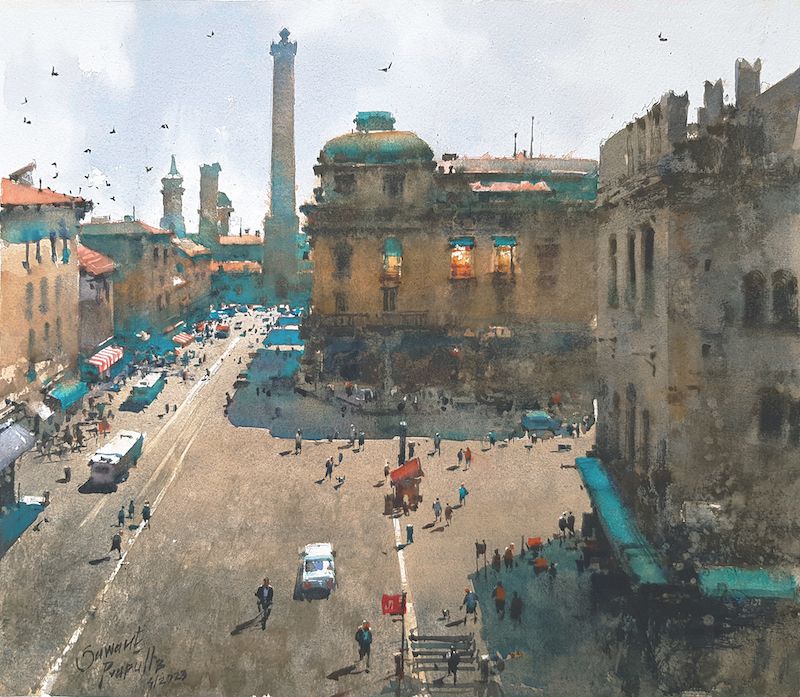
While mixing color on paper, Sawant is mindful of the granulating colors that tend to settle in the paper’s tooth, which can create wonderful texture. It’s but one of the multitude of effects possible in watercolor that he appreciates and makes use of.
More than anything, it’s Sawant’s aim to capture the special character and magical quality of the light—however complex or disguised it may be—by carefully modulating the tonal values in his paintings that has earned him the moniker “master of light.”
A Composition of Buildings
Inherent in the painting of a sweeping cityscape are the challenges of composing architectural forms. “Each place has its distinct style and pattern of buildings,” Sawant says. “Although it’s relatively easy to master the architecture of your own locality, painting urban scenes around the world—which are vastly different in character and mood—requires a solid understanding of perspective and abstract design.” As an example, Sawant refers to a recent demonstration painting, Afternoon Light in Bologna, that he did in Bologna, Italy, and the difficulty of composing the iconic Asinelli Tower. He decided to use scale—with the presence of minuscule human figures in the foreground—to denote the structure’s massive size.

To his mind, what helps the most to convey the sense of a place is sharp observation and an effective color palette. Sawant—unlike painters who prefer to work with a consistent, and somewhat limited, color scheme—will vary his palette as needed in order to bring out his vision of each subject. See Evening Ambiance of Banaras, for example. “If nature has given us so many shades to choose from,” he asks, “why should I shy away from enjoying the bounty of an unlimited palette?”
“Art is like an ocean …I’ll need several lives to experience it.”
—PRAFULL SAWANT
Working Outside a Comfort Zone
Even after 48 international awards, more than 80 exhibitions and a schedule that keeps him on the road six to seven months of the year, teaching workshops in venues around the world, Sawant continues to resist landing in a comfort zone. The artist is committed to experimenting with technique in an effort to make continuous progress. “Whatever I accomplished last year, I’ll try to advance one step further this year, and then one more step the year after,” he says. The artist believes that painting is like a river and the flow should never stop. If artists stop growing—if they rest too long in a comfort zone and cease to reinvent themselves—they risk becoming listless, like stagnant water.

The closest Sawant comes to a comfort zone is in his choice of tools. He relies on Daniel Smith watercolors and is a global ambassador for the brand. The company, in fact, offers a Daniel Smith Prafull Sawant Master Artist set of paints.
For paper, his preference is Arches rough. He enjoyed Indian-made brushes until 2014, when he took part in an invitational program in Suzhou, in Eastern China, and was introduced to the Chinese goat-hair calligraphy brushes. He fell in love with them and now has his own signature brand of Chinese brushes.

On the Global Stage
Throughout his career, Sawant has preferred painting en plein air. “Right from the start,” he says, “during my early days of painting in Nashik, Banaras and Rajasthan, in India, I’ve loved a face-to-face confrontation with the light.”
Nowadays, the artist’s extensive international travels present an array of diverse conditions for plein air painting. In India, he explains, conditions are drier than other countries and washes of watercolor dry very fast. Whereas in China, for example, washes take much longer to dry and, therefore, one will see fewer brushstrokes and more fluidity.
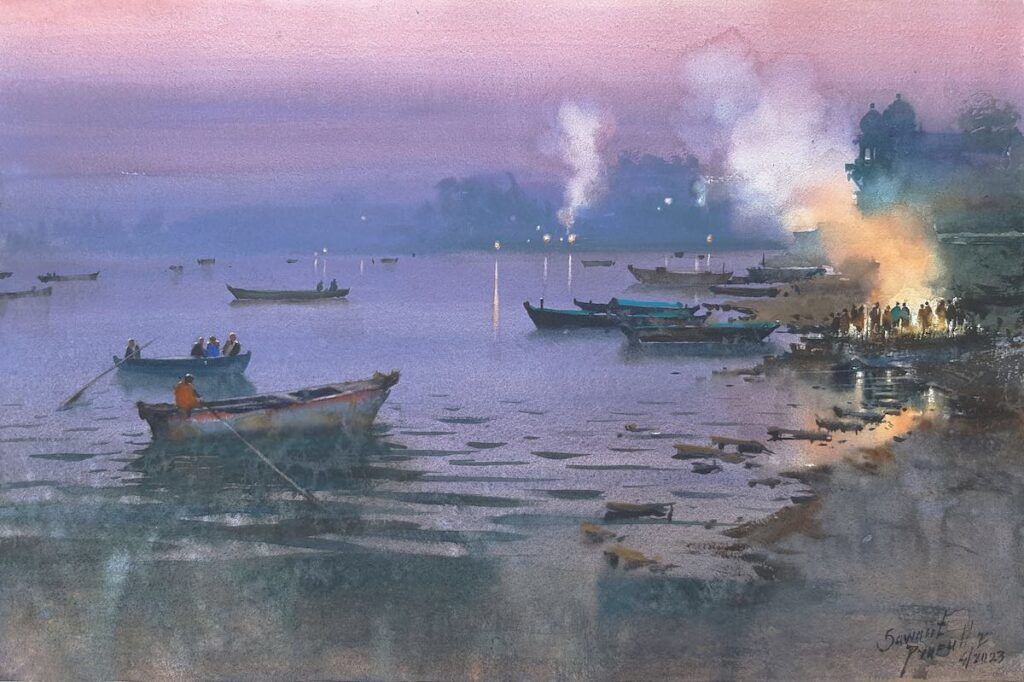
Similarly, the experience of lighting conditions are also completely different from place to place, and from season to season. In a European summer, for instance, the sun may set around 10 p.m. “As it gets darker, the shadows become longer,” Sawant says. “To capture that effect in a painting requires careful observation and skill.”
The artist feels gratitude that he has had the opportunity to paint in these varied conditions—and the chance to experience and observe the wonderful diversity of the world. Knowing how art has enriched his own life, Sawant would love to see a wider segment of society be able to enjoy engagement with the arts. “Art should become a way of life for all,” he says, “rather than remaining a luxury for a few.”
To that end, he nurtures a dream of establishing an art museum in his hometown of Nashik through which he could encourage greater awareness of art and offer much-needed exposure to the budding artists of tomorrow. In the meantime, Sawant will continue teaching and painting, creating pieces that compel viewers to explore the still-undiscovered possibilities of meaning in representational painting.
About the Author
Contributing writer and artist Sagnik Biswas (paintpaperbrush.com) is based in Mumbai. His work has shown with the National Watercolor Society and the Bombay Art Society.
Meet the Artist
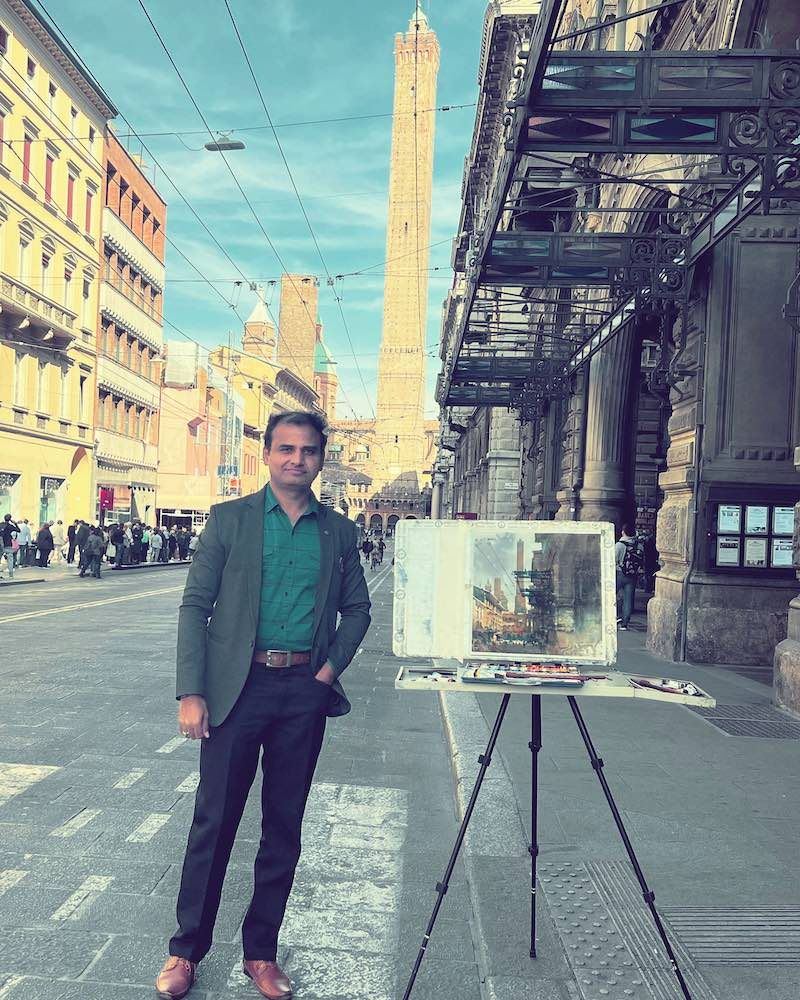
Prafull B. Sawant (prafullsawant.com), of India, is well-known for atmospheric landscapes and cityscapes, painted en plein air. The artist is in high demand around the world as a demonstrator, workshop instructor, juror and lecturer. His work has been included in numerous international exhibitions, including prestigious invitational events in France, Russia, China, Italy, Peru, Malaysia, Türkyie and Thailand, among other countries. He has earned many awards not only for his watercolors, but also for his acrylic and oil paintings. His paintings are part of private and public collections throughout the world, and have been featured in a variety of arts publications.
Enjoying this article? Sign up for our newsletter!
From Our Shop


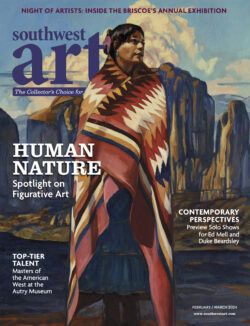

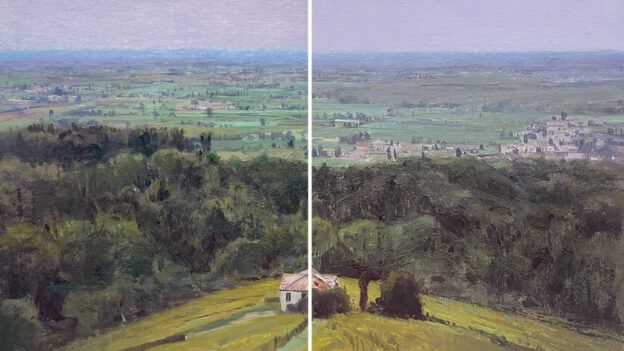

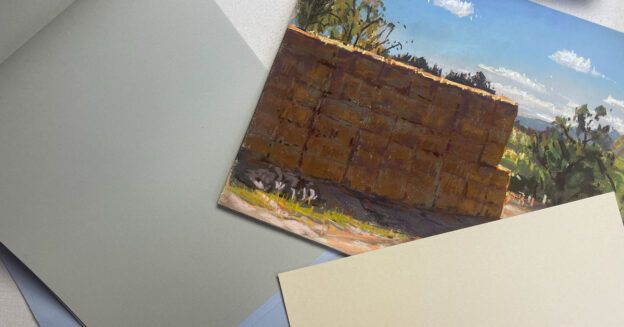
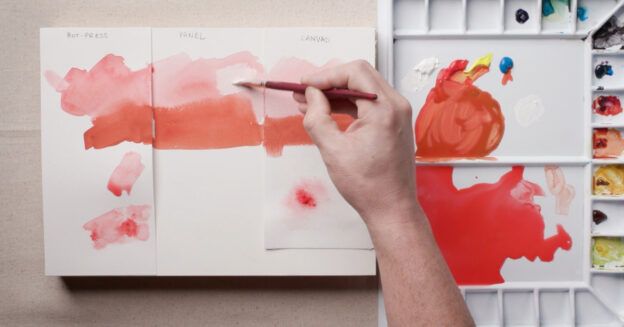
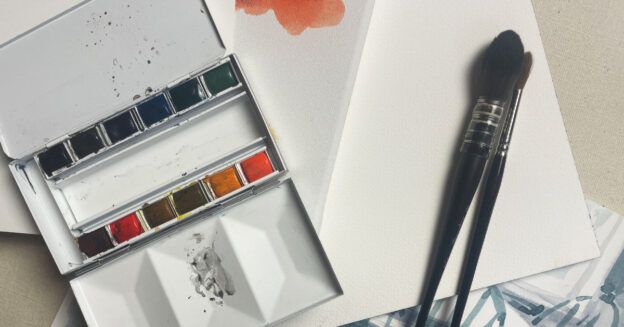
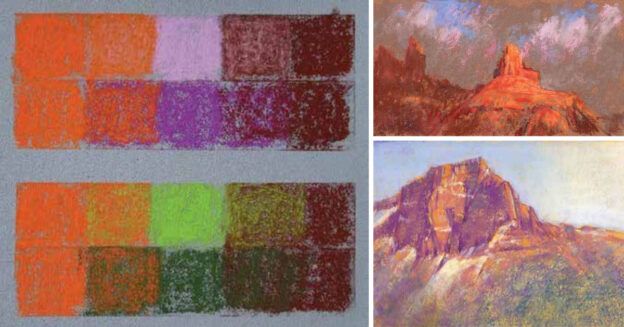

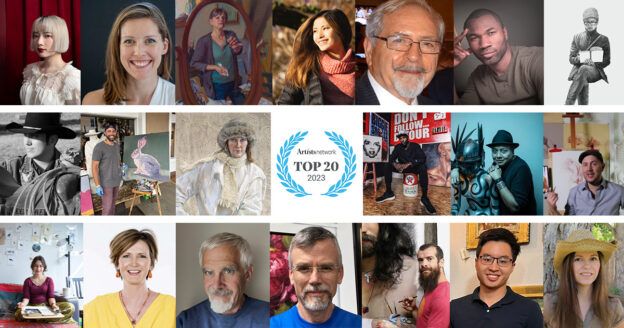
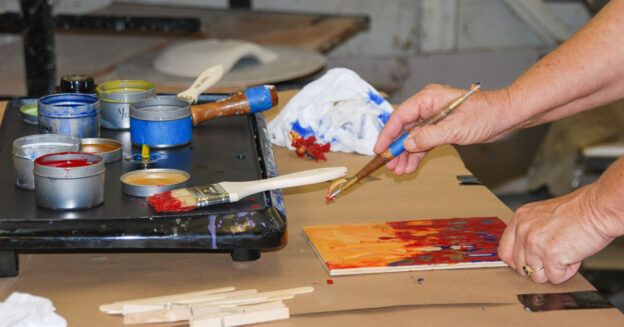

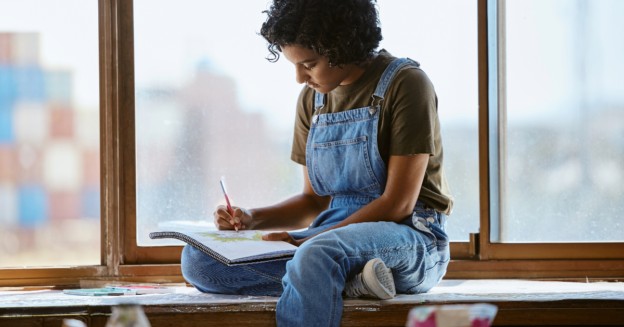

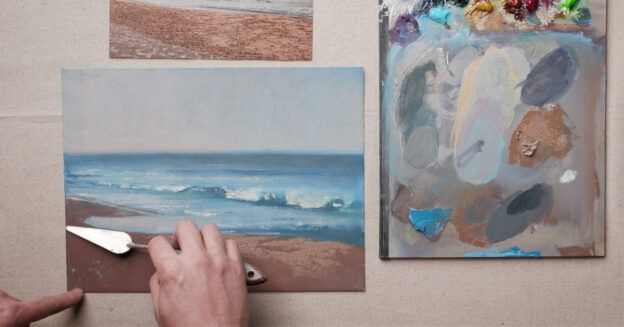
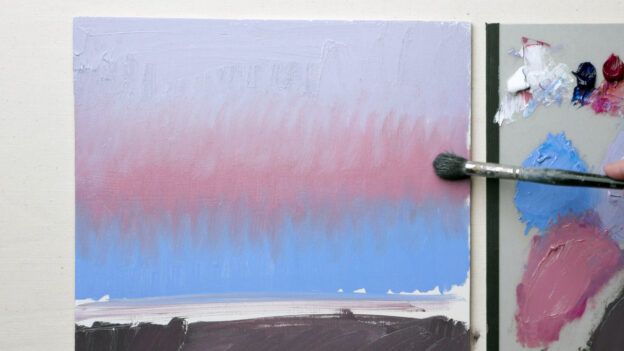

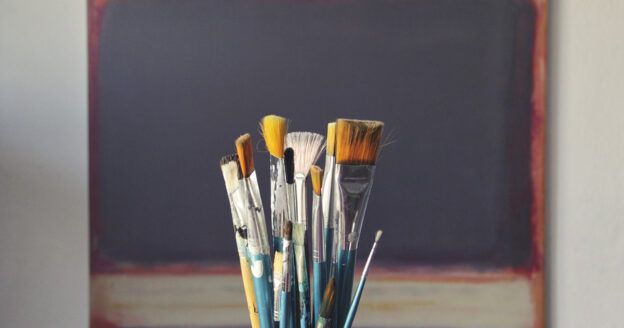
Join the Conversation!